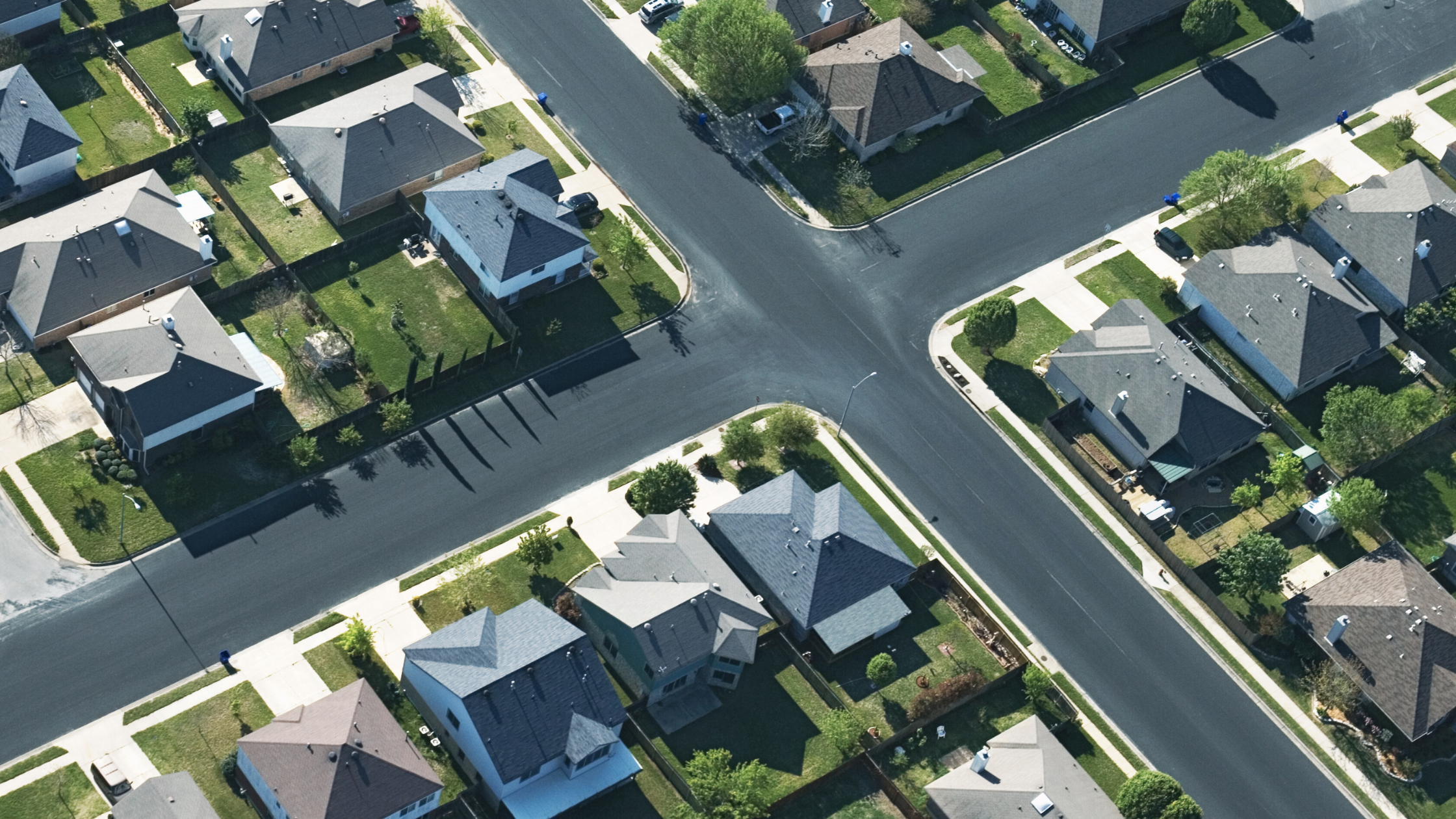Home Price Trends Show Surprising Resilience Despite Slower Sales
In March, the U.S. housing market took a slight hit in terms of transaction volume, yet home price trends continued to defy expectations. According to the latest data, home sales declined by 5.9% compared to the same time last year, totaling an annualized 4.02 million deals. But while buyer activity dipped, prices continued to climb, highlighting a market dynamic that’s leaving many experts puzzled — and many buyers stretched.
The National Association of Realtors (NAR) emphasized that the market is still on “solid footing,” even amidst these contradictory forces. And with home price trends showing a consistent upward push, sellers remain cautiously optimistic heading into the warmer seasons.
What Falling Sales Say About Current Home Price Trends
The dip in sales can largely be attributed to persistent high mortgage rates and uncertainty around potential trade tariffs. These economic pressures have made buyers more cautious, especially first-time homebuyers already contending with affordability challenges.
However, rather than correcting or stagnating, home price trends continued their upward trajectory. March 2025 saw the median home price climb to $403,700 — a 2.7% increase from $392,000 in March 2024. That’s the highest March price on record, making it the 21st consecutive month of year-over-year price increases.
Home Price Trends Defy Buyer Hesitation
Despite shrinking deal volumes, property values aren’t dropping. That’s a testament to ongoing supply constraints and consistent demand in many regions. According to the Federal Reserve, total residential real estate in the U.S. is now valued at an astounding $52 trillion — a figure that reinforces the long-term stability of the housing sector.
The NAR also highlighted the market’s record-low mortgage delinquency rate, an additional indicator that current home price trends are underpinned by financially secure homeowners rather than speculative buyers.
Home Price Trends Driven by Limited Inventory and Quick Turnarounds
Inventory remains tight. March ended with 1.33 million unsold homes on the market — an 8.1% increase from February but still well below historical averages. This shortage continues to prop up prices, especially in metro areas where demand far outpaces supply.
Properties are also moving faster. According to the Realtors Confidence Index, the average home spent 36 days on the market in March, a marked improvement from 42 days in February. These swift sales indicate that serious buyers are still active — and willing to meet current price points.
First-Time Buyers Are Influencing Home Price Trends
A notable shift occurred in March as first-time buyers made up 32% of total home purchases, up from 24% just a few months earlier. This surge suggests that even with elevated rates, more Americans are finding paths into homeownership, further fueling positive home price trends.
The increase in first-time buyers, combined with improving mortgage conditions, is giving sellers renewed confidence to list properties — especially as summer approaches.
Interest Rates and the Role They Play in Home Price Trends
Freddie Mac’s mid-April report pegged the average 30-year fixed-rate mortgage at 6.83%, down from 7.1% a year prior. While the drop may seem marginal, it has had a real impact on buyer sentiment and borrowing power.
Lower interest rates, even by a few tenths of a percent, can improve affordability — allowing more buyers to participate in the market and sustain current home price trends. If the Federal Reserve signals additional rate relief this summer, further upward pressure on home prices could be expected.
Final Thoughts: What These Home Price Trends Mean for Buyers and Sellers
The current real estate environment presents both challenges and opportunities. For sellers, appreciating home price trends offer a chance to maximize returns — but pricing too high in a cautious market could lead to stagnation. For buyers, especially first-timers, it’s critical to act strategically: get pre-approved, understand local trends, and work with a seasoned agent who can guide negotiations.
In short, while deal volume may have dipped, the demand for well-priced, well-presented homes remains strong. Understanding home price trends — and adapting to them — will be key for anyone navigating the 2025 market.



